Hitler had some radical ideas prepared for Western Europe after he’d won World War II, but these plans were all pretty tame compared to what he had come up with for Russia and Eastern Europe. His intentions for this part of the world were merciless if not fiendish, and probably qualified as insane.
One of the cornerstones of the Nazi expansionist policy was known as Lebensraum, and it formed an important component of the Generalplan Ost, or “Master Plan for the East.” In this scheme, all the indigenous Slavic people would be removed permanently or enslaved. This included the Poles, Ukrainians, Russians, and any other Slavic people, who were, according to Nazi ideology, considered inferior to the Aryans. As they were thought of as a racially inferior people, they were deemed expendable.
Lebensraum dictated that the superior Aryan race had the right to remove anyone of an inferior racial descent, for the sake of providing Aryan living space. The Slavic peoples of Eastern Europe would have to be exterminated by enslavement and mass deportation beyond the Urals to Siberia, or they would simply be starved to death because their agricultural output would be diverted to feed the German people.
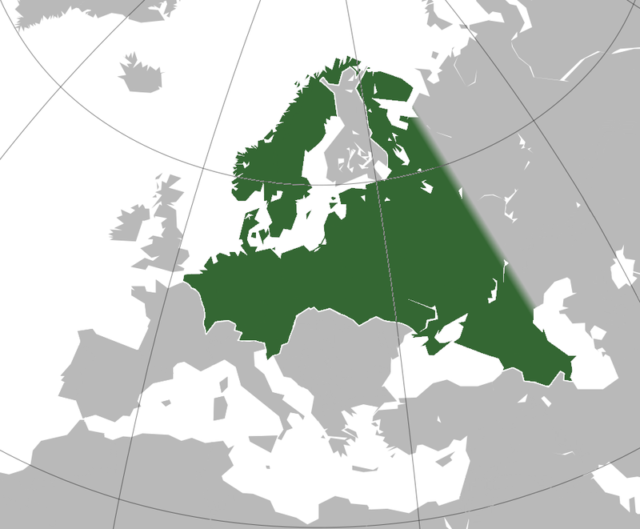
The German plan for the invasion of the Soviet Union in World War II, Operation Barbarossa, was focused on the invasion and capture of territory up to “general line Volga-Archangelsk,” as the first phase of the operation. This hypothetical line, known as the A-A Line, was to stretch from the White Sea port city of Arkhangelsk in the north to the mouth of the Volga River at Astrakhan on the Caspian Sea in the south.
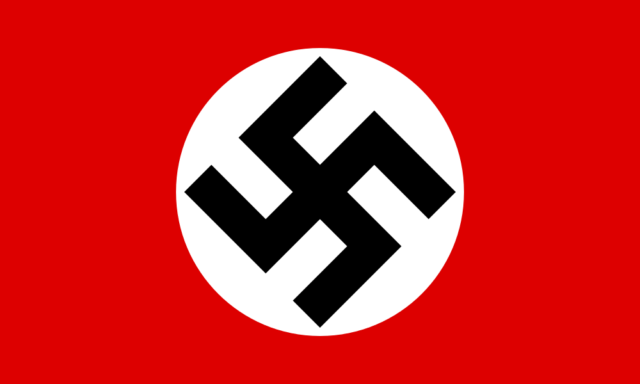
As the German army advanced and Eastern European countries were brought under German control, the captured territory came under the supervision of Reichsleiter Alfred Rosenberg, the head of the Reich Ministry for the Occupied Eastern Territories. Rosenberg was an extremely influential Nazi ideologue; he was thought to be one of the main champions of the Nazi theories on racial superiority and a proponent of the principles of Lebensraum. He rejected Christianity and was one of the architects of the so-called Positive Christianity, which mixed tenets of racial purity with some Christian beliefs and Nazi ideology. This move was undertaken to soothe the fears of many German Christians while the Nazis were in power.
Hitler intended that these eastern territories would be split into four “Reichskommissariats,” each administered by a Reichskommissar. Russia would be one Commissariat on its own and would be known as Reichskommissariat Russland, though this name was later changed to Reichskommissariat Moskowien and was colloquially known as Moskau (Moscow). The Nazi High Command was concerned that these eastern territories would be difficult and sensitive to administer and, as a result, Hitler insisted that the Reichskommissars would report to and be answerable only to himself.
The Reichskommissariats that were to be created by Rosenberg were:
Reichskommissariat Ostland (RKO):
This area included the Baltic countries and Belarus and some parts of Western Russia. This Reichskommissariat was brought into existence for the period of 1941 to 1944/45.
Reichskommissariat Ukraine (RKU):

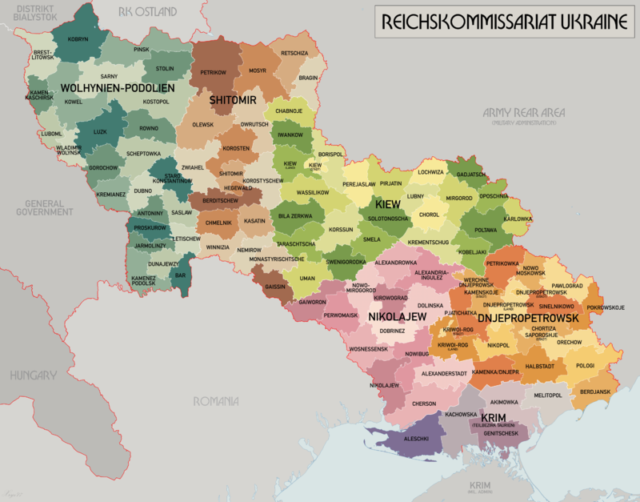
This area incorporated the Ukraine (excluding East Galicia), Romania, and the Romanian-controlled territory, and Crimea. It later extended up to the Volga River. This Reichskommissariat was brought into being from 1941 to 1944.
Reichskommissariat Don-Wolga:
This Reichskommissariat was never actually created, but it was intended to consist of territory from the Sea of Azov and extending into the Volga German Republic.
Reichskommissariat Moskowien (RKM):
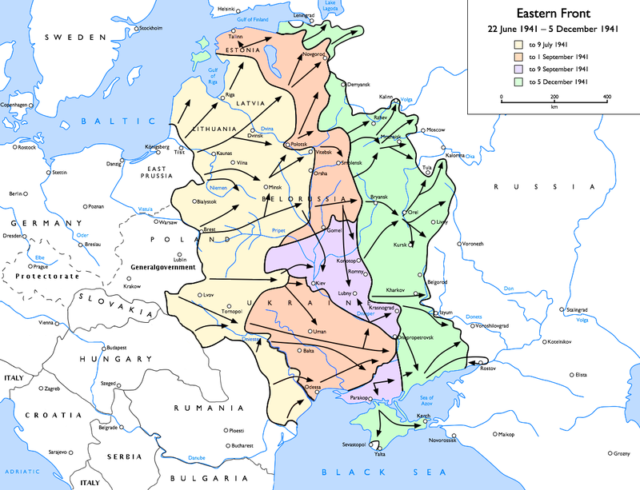
This Reichskommissariat was also never created, but it was intended to consist of Moscow and the rest of European Russia, excluding Karelia and the Kola Peninsula, which were awarded to Finland.
Reichskommissariat Kaukasus (RKK):
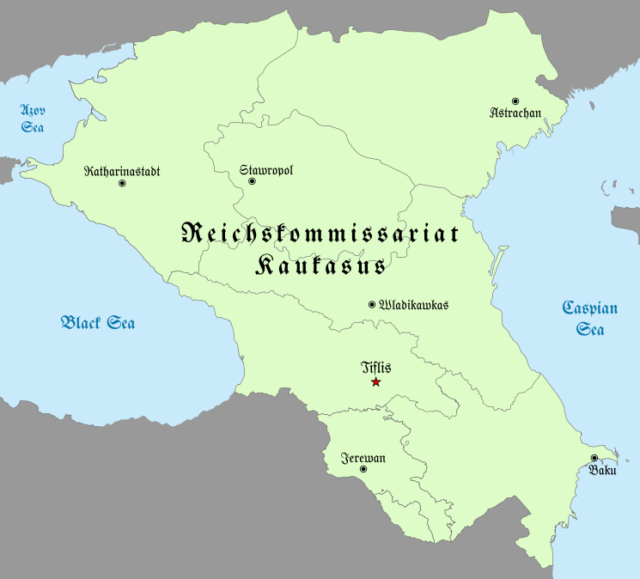

This Reichskommissariat was never completely established and was halted in 1942-43, but it was intended that it would consist of Southern Russia and the Caucasus.
Reichskommissariat Turkestan (RKT):
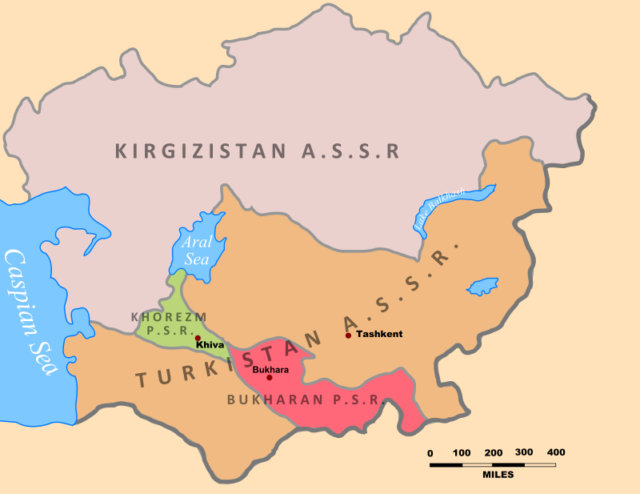
The plans for this Reichskommissariat were shelved completely. It was intended to cover the Central Asian Republics and Turkey.
History has shown us that the German advance did achieve some major victories and did occupy some major economic areas important to the Soviet Union, such as the Ukraine. The war on the Eastern Front was halted at the Battle of Moscow, when the bitter Russian winter aided the Red Army in forcing the Germans to retreat. The Germans were never able to mount such a large offensive against the Soviet Union again.
Operation Barbarossa saw some of the fiercest battles and worst atrocities of World War II. The Germans had captured enormous numbers of Red Army soldiers (as many as 5 million), who were definitely not afforded prisoner-of-war protection under the Geneva Convention. Prisoners were starved under the Hunger Plan, a part of the Lebensraum designed to obliterate the Slavic peoples.
The lives of the Slavic people were saved with the defeat of Germany, but not before untold misery had been endured. Documents recovered after the war showed that not only were the Slavic people to be destroyed, but Hitler had the same idea for Moscow. Originally, Moscow was to be the capital of the entire Eastern region, but during Operation Barbarossa Hitler changed his mind about the city. He was fearful that the residents of Moscow would revolt, and he decided that the entire city would be razed to the ground, all the inhabitants would be slaughtered, and parts of the Moscow-Volga Canal would be destroyed so that the city would be completely flooded and turned into a man-made lake.